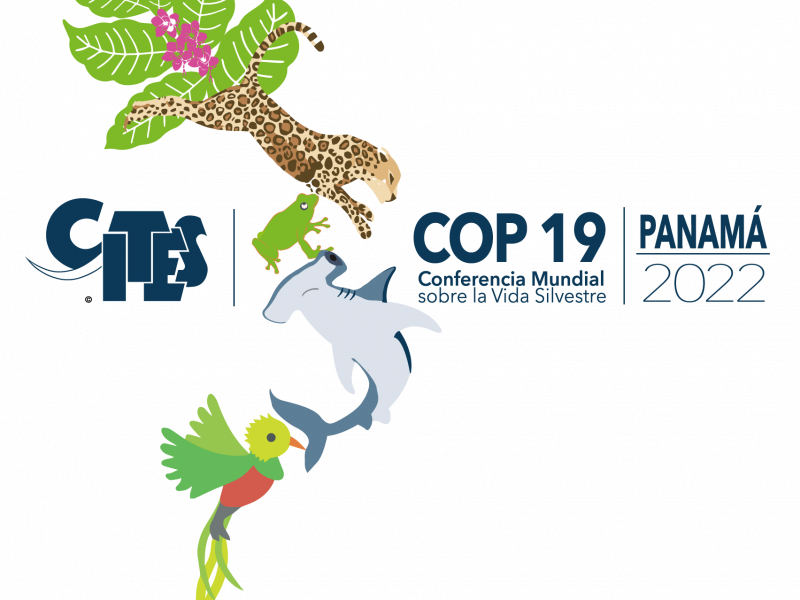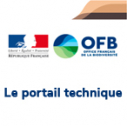The OFB is participating in the COP 19 CITES from 14 to 25 November 2022 in Panama City
The French biodiversity Agency (OFB) will be present this year at the COP 19 CITES as part of the French delegation. In collaboration with the French Ministry of Ecological Transition in charge of implementing CITES control, the OFB brings its expertise and technical knowledge in monitoring the various activities governed by the CITES Convention.
The Convention on International Trade in Endangered Species of Wild Fauna and Flora, known by its acronym CITES, is an international agreement between States that establishes a global legal framework regulating international trade in more than 38,000 endangered wild species of fauna and flora.
While wildlife trade can encourage indigenous peoples and local communities to conserve species because it provides them with socio-economic benefits, it can also threaten the survival of these species if it is conducted at unsustainable levels. The Convention therefore aims to ensure that every authorized trade in specimens of CITES species is legal, sustainable and traceable.
The species whose international trade is regulated are listed in appendices I to III, which specify their level of protection. These regulations are implemented at the European level as well.
The OFB: State's leading operator in the prevention and control of biodiversity loss
The PatriNat unit, a joint expertise center between the OFB, the French National Museum of Natural History and the French National Centre for Scientific Research (CNRS), acts as the CITES scientific authority for France. As such, it carries out numerous expert assessments to support the implementation of the Convention by the State services. Each year, PatriNat provides nearly 1,500 expert opinions for the identification of species and 1,000 opinions on import-export requests. This scientific authority also participates in meetings of international experts whose purpose is to develop the frameworks of application, as well as the lists of species included in the Convention.
One of the missions of OFB officers is to inspect establishments that hold or trade specimens of CITES-listed animal species, thus ensuring compliance with the obligations set by the Convention.
OFB environmental inspectors also conduct judicial investigations during which they are sometimes required to capture animal specimens. When the animals involved are alive, they are placed in specialized structures.
Each year, a national report on animals captured by the OFB is sent to the Ministry. This report allows the evolution of protection levels of the most threatened species and the adaptation of control measures to the new violations detected. This assessment is used to produce an international report.
For the year 2021, nearly 3,500 CITES specimens were captured by OFB officers, including 2,500 cactus and 591 live animals. Among the live species seized, the OFB lists 408 birds (including 65 Psittacidae, a family of birds that includes parrots and parakeets), 320 reptiles and amphibians (including 158 specimens of tortoises), and 22 mammals, including 3 big cats (a tiger, a puma and a panther).
For more information
See the CITES website




